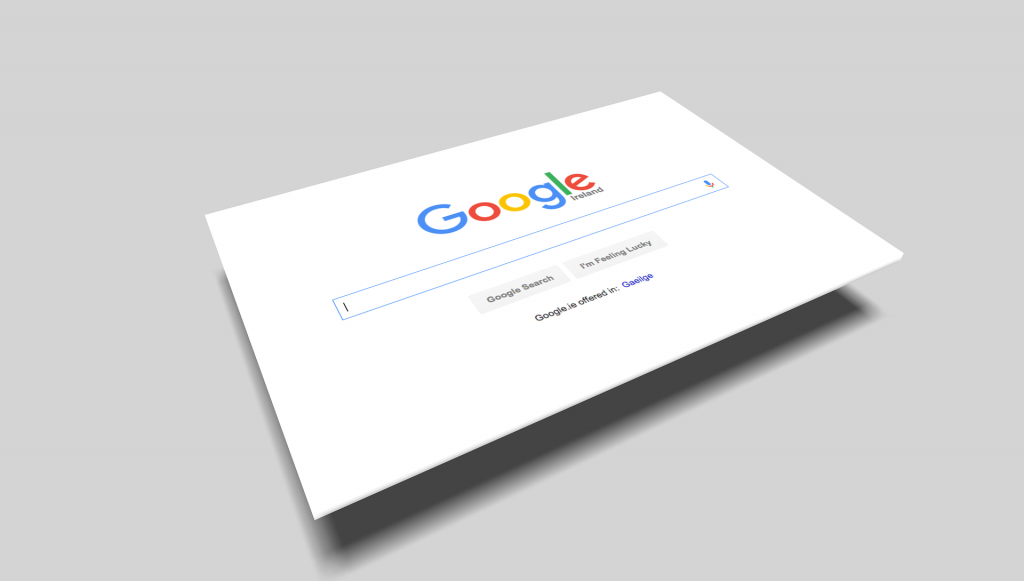In this article, we are looking at CMS SEO-friendly URLs, including a page’s URL structure, how it impacts search engine optimization (SEO), how URLs are important to users, and how you can use your URL to boost your SEO value.
How does URL structure benefit SEO?
Before we go much further, it’s worth clarifying what some language means:
- A URL is the text you type into an address bar. For example, the URL for our blog is enginess.io/insights. A slash shows segmentation, in the the case of a URL every time there’s a slash, there’s a different subfolder. For example, if you’re looking at a dress on clothes.com, your URL might be clothes.com/womens/dresses/summer-dresses. Each of those is a sub folder.
- A domain name is the first part of a URL, in our case the enginess.io part. It’s divided into two parts – the mid-level domain (the ‘moveableonline’ part) and top level domain, the ‘com’ part. These are separated by dot.
There’s a little more to it, but those are the basics you should know to get started.
Now, when it comes to your SEO, your URL structure can be important.
How important?
What’s pretty clear is that over the past 5 years or so, Google has started taking the URL into less and less account. In 2014, Moz looked at 300,000 URLs and found that they had dropped in ranking importance steadily since 2011.
If your site is incredible, loaded with good content and people like what you’re doing, then a bad URL structure isn’t going to stop you ranking. Conversely, if your site is terrible and people are leaving in droves, but you’ve got an incredible URL structure, it’s not going to save you.
At the end of the day, for SEO, it’s a nice to have that will likely complement your other SEO activities well.
The importance of URLs for users

URLs are important to users for two reasons. First, a clear and concise URL structure that makes sense to a human will be more trustworthy and easier to use.
For example, imagine you run a blog. Your URL might look something like this:
www.myincredibleblog.com/blog/2015/01/24/why-URLs-are-important
It’s easy to understand where that URL goes when you read it – to a blog post, written in 2015, about why URLs are important.
In contrast, imagine you didn’t make your URLs friendly:
www.myincredibleblog.com/1234564+123sassgtwisgta
That would still go to the same place – but your users would have no idea what they’re going to get when they get there.
By improving your URL structure, you can help your users know what’s coming up and offer trust that the result they see in Google is an accurate reflection of where they’re going to end up.
Second, a clear URL provides better navigation and orientation to your user straight away. Particularly for blog posts, which tend to attract long tail keyword searches and land users deep within a website, a URL can help your user arriving fresh from search results pages (SERPs) work out what’s going on.
Best practices for URLs

Fortunately, the good thing about SEO today is that what’s good for your users is good for Google as well. So you don’t need to work very hard to get a friendly URL for both crawlers and users. Just name your URLs something intuitive and you’ll be 90% of the way there.
In fact, many CMSs, including WordPress, will actually help you name your URLs for you based o the page title, making it super easy.
That said, there are a few things you can do to make sure your URLs are pulling their weight with SEO and are easy for your users to understand.
Avoid sub domains
Iwantmyname blogged about this problem in January 2015, but basically it’s best to avoid using a subdomain in your URL if you can. For example, it’s better to have yourwebsite.com/blog rather than blog.yourwebsite.com. And while Google is working to make sure subdomain ranking factors completely port over to main domains, why risk it?
Keep your URLs short
If you can, try and keep your URLs short to around 40 characters. This isn’t a hard and fast rule, but it’s a good rule of thumb.
First, it makes URLs easier to read for your users. And second, while Google doesn’t say that length is important, Quick Sprout looked at the top 100 results for 1,000 keywords and found the average length for the top 100 results is usually around 40.
Try and get a keyword in (but don’t strain to do it)
Getting a keyword into your URL isn’t nearly as important as it used to be. But there are still a few benefits to using a keyword in your URLs:
- The keywords in URLs are bolded in SERPs, which will entice people to click on them
- URLs serve as the anchor text, if there’s no anchor text when they’re copied and pasted.
- They help your users know where they’re going (especially when your articles are hyperlinked on other sites).
Fix broken links or shifted pages with 301 redirects
301 redirects are a way of taking old pages and moving all the SEO power from them to new pages.
For example, if you have a blog post that, for wherever reason, you change the URL to, you can deploy a 301 redirect so that anyone who visits the old URL will automatically be transported over to the new page where your post is now hosted.
This means that any incoming links, the history of traffic, and other long-term SEO benefits will be transferred to your new URL too, so that you don’t have to start building a link and SEO profile from scratch.
SEO Management is very important for your online rankings. If you're not sure where to start, there are link building management platforms, such as Linkio, that help SEO teams use data to plan their link building strategy and improve their rankings.
Bullet point summary
- URLs are not as important for SEO as they used to be. However, they’re an easy on-site optimization you can do that will help your SEO a little and your users a lot
- For your users, your URL structure helps them know where they are in relation to your site, as well as reassures them that when they click on a link from a SERP or social post, they’re going somewhere reputable, not somewhere terrible.
- In order to do best by search engines and your users, keep your URLs short, try and use a keyword if you can, and stay on top of deploying 301 redirects where needed.
